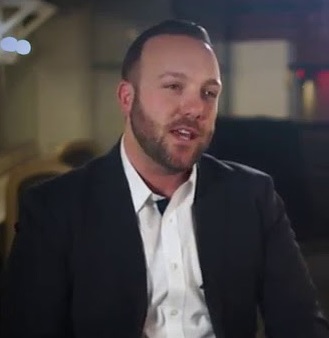
Understanding the Different Ways Committees Make Buying Decisions
When it comes to sales, understanding how committees make buying decisions is essential. While there are many ways committees may makes decisions, 2 of the most commonly used are the RAVA process (Rational Analysis of Value and Alternatives) or a vested partnership approach to make purchase decisions. Let’s look at what these two processes entail and how they are used in practice.
RAVA Process
The Rational Analysis of Value and Alternatives (RAVA) process is a decision-making framework used by teams or committees to evaluate options for a purchase. It involves a thorough analysis of the value versus alternatives that different vendors offer. The goal is to determine which option will provide the greatest return on investment (ROI). This decision-making process typically includes three stages:
- Gather data – Before making any decisions, teams should collect data from vendors about their offerings and compare them side by side. This can include things like price, features, customer service, delivery speed, etc. Teams should also consider other factors such as customer reviews and industry trends when evaluating each vendor’s offerings.
- Analyze data – Once all the data has been gathered, teams need to analyze it in order to decide which vendor offers the best solution for their needs. During this stage, teams should consider both qualitative and quantitative data points when making their decisions.
- Make a decision – After analyzing all the data available, teams can then make an informed decision about which vendor they want to purchase from based on cost-effectiveness and return on investment (ROI).
The RAVA process helps streamline complex purchasing decisions by providing structure and ensuring that all relevant information is considered before making a commitment to any particular vendor or product offering.
Vested Partnership
In addition to RAVA, many companies use a vested partnership approach when it comes to major purchasing commitments such as technology investments or long-term contracts with vendors. This approach allows companies to partner with vendors for mutually beneficial relationships that benefit both parties financially over time. A vested partnership typically includes four elements: strategic alignment, mutual trust & respect, clear communication & collaboration, and shared rewards & risks. Each element plays an important role in establishing a successful relationship between buyers and sellers that will benefit both parties over time as well as ensure that expectations are met on both sides of the agreement.
None
Not all committees have a sophisticated process for making decisions. And this leads us to the 3rd strategy; there isn’t one. This is sometimes also referred to the ad hoc committee, one that is temporary and usually created to spread internal risk. As a sales professional, this is where you come in. The salesperson who can help the committee gain clarity in their own process will win. It won’t be the best presenter, lowest price or even best solution. It will be the one who can guide the committee to making the best decision with as little friction as possible.
Conclusion:
Overall, there are different ways committees can make purchasing decisions; using either the RAVA process or the Vested Partnership Approach can help organizations make effective buying decisions while ensuring that all stakeholders are satisfied with the outcome of their purchases in terms of cost-effectiveness and ROI benefits over time. In addition, both parties can create beneficial long term relationships between buyers and sellers alike! Sales professionals should familiarize themselves with these approaches (and others) in order to better understand how organizations go about making buying decisions so they can better equip themselves for success when working with potential customers. And when the committee clearly has no process, well, help them and everyone wins!

Many people “talk” sales effectiveness, but few have demonstrated the ability to transfer that effectiveness to entire organizations for high impact. For nearly two decades Tony has not only shared his sales strategy to organizations all over the world, but he has consistently created high performing sales cultures that have impacted the bottom line of hundreds of organizations.